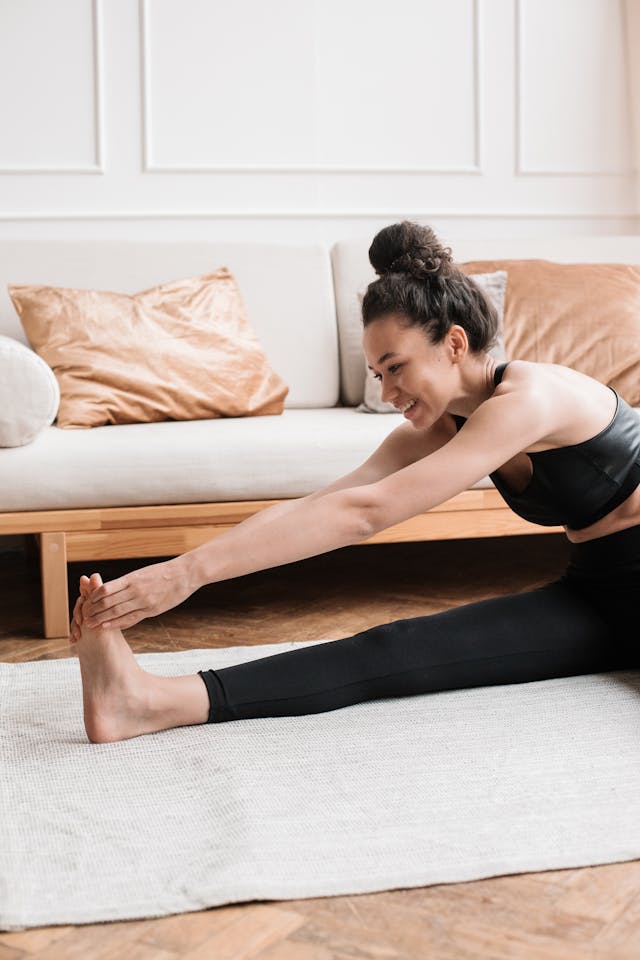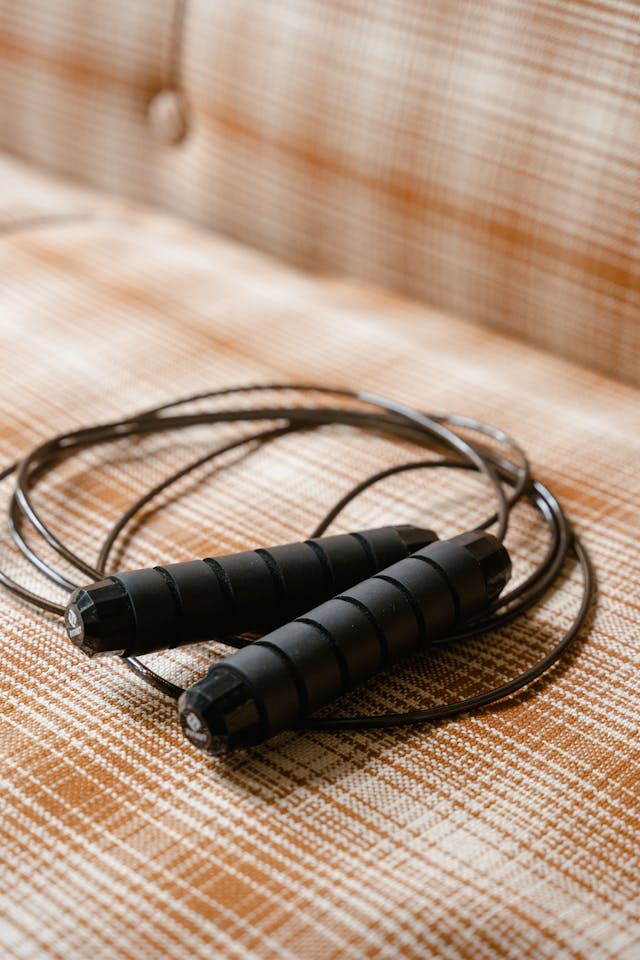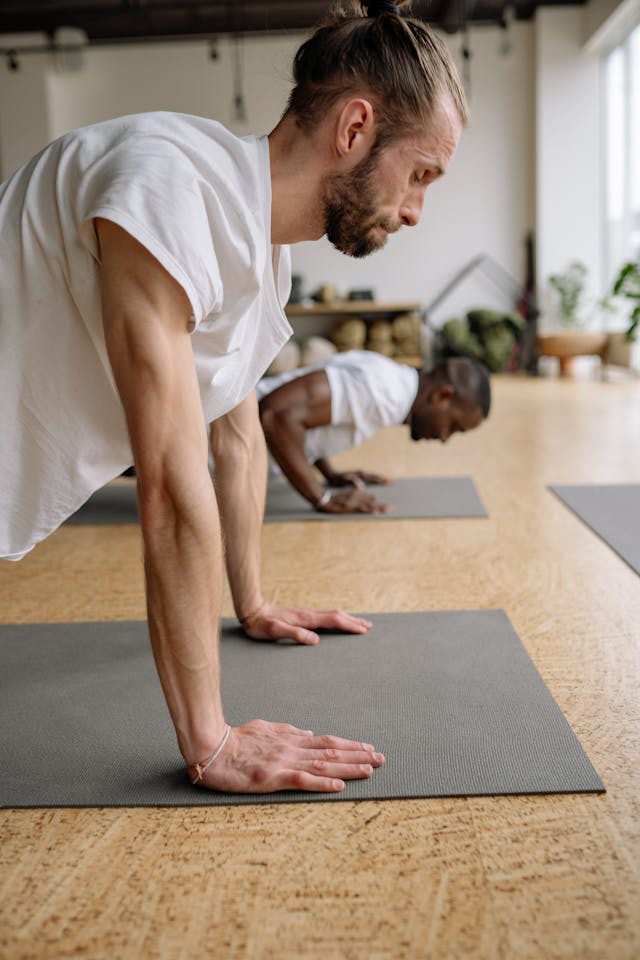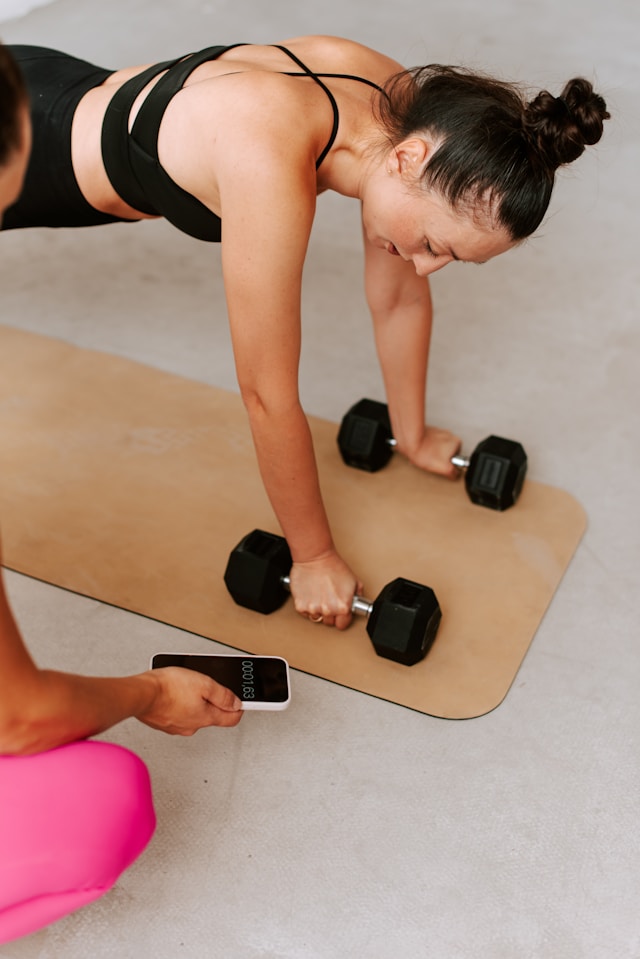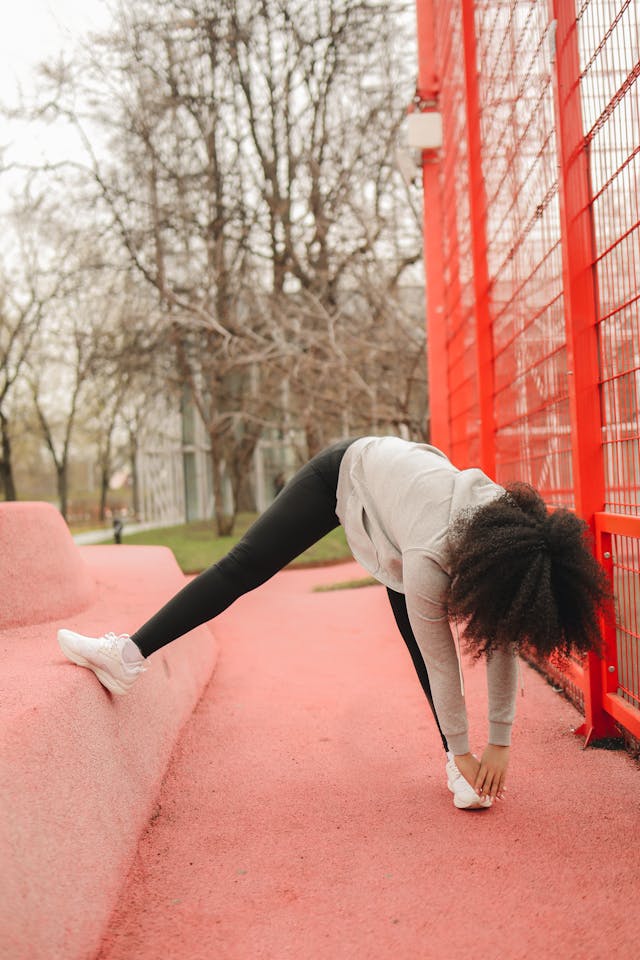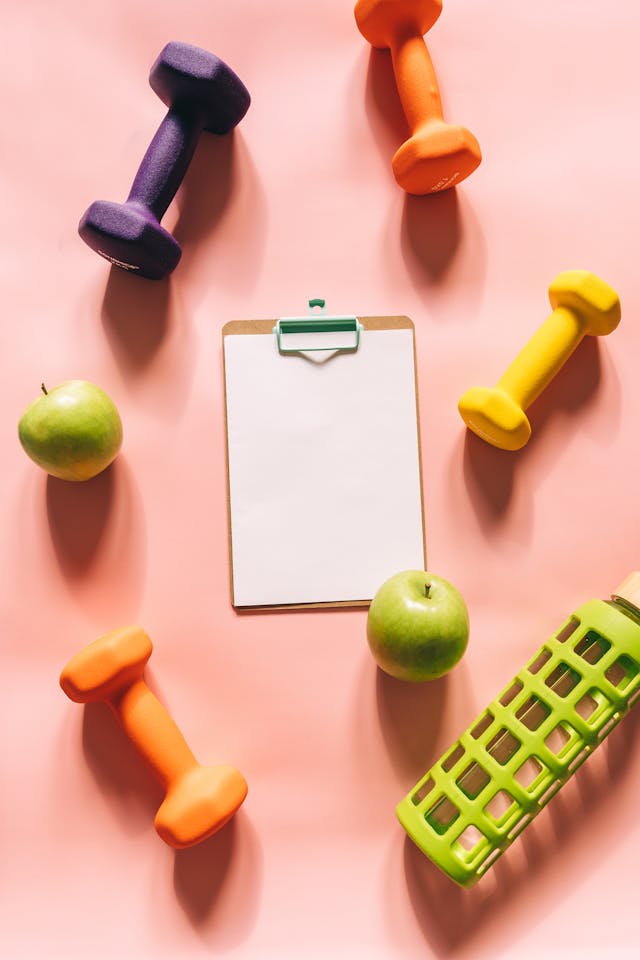Stay Fit Working out from Home: Your Guide to Effective At-Home Fitness Routines
Staying fit while working out from home can be both convenient and effective. With the right routines and minimal space or equipment, you can achieve your fitness goals without ever stepping foot in a gym. This approach not only saves time but also allows you to customize your workouts to fit your lifestyle.
Whether you’re a beginner or more experienced, there are plenty of bodyweight exercises and creative routines that can keep your workouts engaging and challenging.
From high-intensity interval training to yoga, you can find options that align with your preferences and available space.
It’s easier than you might think to maintain a healthy lifestyle from the comfort of your home. With dedication and the right strategies, you can build strength, improve endurance, and enhance your overall well-being without the hassle of travel or crowded gyms.
Setting Up Your Home Workout Space
Creating an effective workout space at home involves thoughtful equipment selection and a motivating environment. The right choices can significantly enhance your fitness routine and keep you engaged.
Choosing the Right Equipment
Start by identifying your fitness goals to select equipment that meets your needs. Whether you’re into strength training, cardio, or flexibility, there are options for everyone.
- For strength training: Consider dumbbells, resistance bands, or kettlebells.
- For cardio: A jump rope, stationary bike, or compact treadmill works well.
- For flexibility: A yoga mat can provide comfort during stretching and poses.
Investing in quality equipment ensures durability and motivates you to use it consistently. Choose items that fit your available space and budget to maintain a clutter-free area.
Creating a Safe and Motivating Environment
Your workout space should inspire you to exercise regularly. First, select a designated area in your home that allows for plenty of movement.
- Lighting: Use natural light if possible. If not, bright, energizing lamps can help.
- Ventilation: Ensure good airflow to keep the area fresh and comfortable.
Personalize your space with motivational quotes or images to boost your mood. Keep the area tidy by storing equipment neatly when not in use.
Lastly, consider adding a sound system or using headphones to enjoy music or podcasts while you work out. This can make your workouts more enjoyable and less monotonous.
Developing a Balanced Exercise Routine
Creating a balanced exercise routine at home is essential for overall fitness. You want to focus on strength, cardiovascular health, and flexibility. Each component plays a significant role in your physical well-being.
Incorporating Strength Training
Strength training is crucial for building muscle and enhancing metabolism. You can use bodyweight exercises like push-ups, squats, and lunges. These exercises require no equipment and target multiple muscle groups.
Sample Bodyweight Exercises:
- Push-Ups: Great for the chest, shoulders, and triceps.
- Squats: Targets your quads, hamstrings, and glutes.
- Lunges: Excellent for leg strength and balance.
Aim for at least two strength training sessions per week. Focus on different muscle groups each time to give them a chance to recover. You can gradually increase the difficulty by adding repetitions or trying advanced variations.
Adding Cardiovascular Workouts
Cardiovascular workouts improve heart health and burn calories. You can incorporate activities like jogging in place, jumping jacks, or dance workouts to get your heart rate up.
Effective Cardio Ideas:
- High Knees: Boosts heart rate and engages core muscles.
- Burpees: Full-body exercise that builds endurance.
- Jump Rope: A fun way to improve coordination and burn calories.
Aim for at least 150 minutes of moderate-intensity cardio each week. Break it down into manageable sessions, such as 30 minutes, five times a week. Mix it up to keep it exciting!
Including Flexibility and Mobility Exercises
Flexibility and mobility exercises are key for preventing injuries and enhancing performance. Incorporate stretches and mobility drills that target major muscle groups.
Effective Flexibility Exercises:
- Static Stretching: Hold stretches for 15-30 seconds after workouts.
- Dynamic Stretching: Use before workouts to warm up muscles.
- Yoga Poses: Such as downward dog and cat-cow, to improve flexibility.
Dedicate at least two to three sessions per week to stretching. It will help your muscles recover and keep you feeling agile and ready for your next workout.
Nutrition and Hydration for Home Fitness
Maintaining proper nutrition and hydration is essential for maximizing your home workouts. By understanding how to fuel your body effectively, you can enhance your performance and recovery.
Healthy Eating Basics
To support your fitness routine, focus on a balanced diet that includes:
- Carbohydrates: They provide the energy needed for your workouts. Opt for whole grains, fruits, and vegetables.
- Proteins: Important for muscle repair. Include lean meats, beans, and legumes in your meals.
- Fats: Healthy fats, such as avocados and nuts, are crucial for overall health and energy.
Before workouts, consume a small meal rich in carbs and a bit of protein about 30 to 60 minutes prior. After exercising, aim to eat a combination of protein and healthy fats to assist in recovery. This simple approach ensures you have the necessary nutrients to power through your fitness journey.
Staying Hydrated During Workouts
Hydration plays a key role in your workout performance. Aim for at least 8 glasses of water daily and increase your intake during exercise.
Here’s a simple hydration strategy:
- Before Workout: Drink 16-24 ounces of water two hours prior.
- During Workout: Sip 7-10 ounces every 10-20 minutes, adjusting based on your sweat rate.
- Post-Workout: Rehydrate with 24 ounces for every pound lost.
Taking small sips rather than large gulps helps maintain hydration without causing discomfort. Remember, staying well-hydrated can significantly impact your energy levels and workout effectiveness.
Staying Motivated and Accountable
Maintaining motivation and accountability while working out at home can be challenging. By setting clear goals and effectively tracking your progress, you can create a structured environment that fosters success. Additionally, understanding how to overcome common obstacles will keep you engaged in your fitness journey.
Setting Goals and Tracking Progress
Begin by defining specific, measurable, achievable, relevant, and time-bound (SMART) goals. For instance, instead of simply saying, “I want to get fit,” specify the goal as “I will work out for 30 minutes, five times a week.” This clarity helps you stay focused.
Utilize tools like fitness apps or journals to log your workouts and progress. Regularly tracking your achievements—even small ones—keeps motivation levels high. You might create a table to visualize progress, noting the date, type of exercise, duration, and feelings post-workout.
Overcoming Common Challenges
At-home workouts can lead to distractions or feelings of isolation. One effective strategy is to establish a dedicated workout space, free from interruptions. This sets a tone for your fitness routine.
Recruiting a workout buddy can also enhance accountability. Schedule regular sessions together, even if it’s virtual. Sharing your goals and progress with someone else adds external motivation.
It’s crucial to prepare for unexpected challenges, such as time constraints. Designate a specific time for your workouts and treat them as unmissable appointments. Consistency can make a significant difference in staying committed to your fitness journey.
Rest and Recovery
Rest and recovery are essential aspects of any fitness regimen, especially when working out from home. Prioritizing these elements will help you prevent injuries, improve performance, and maintain motivation.
Importance of Adequate Sleep
Getting enough sleep is critical for your overall health and fitness. During sleep, your body undergoes important repair processes. This is when muscle recovery occurs, hormones that promote growth and appetite regulation are released, and mental clarity improves.
Aim for 7-9 hours of quality sleep each night. Establish a bedtime routine to signal your body that it’s time to wind down. Reduce screen time before bed and create a comfortable sleep environment.
Moreover, consider using relaxation techniques such as deep breathing or meditation to enhance sleep quality. Consistent sleep patterns not only support muscle recovery but also boost your energy levels for effective workouts.
Active Recovery and Rest Days
Active recovery means doing low-intensity activities that promote blood flow without putting too much strain on your body. Options include walking, yoga, or gentle stretching. These activities can mitigate soreness and aid in healing while keeping you moving.
Incorporate rest days into your weekly schedule. Rest does not mean complete inactivity; it’s an opportunity to let your body heal. Listen to your body and adjust your routine based on how you feel. If you’re experiencing fatigue or soreness, it may be a sign to take it easy.
Balancing active recovery with full rest days is key to a sustainable exercise routine. Make sure to stay hydrated and focus on nutrition to complement your recovery efforts.
